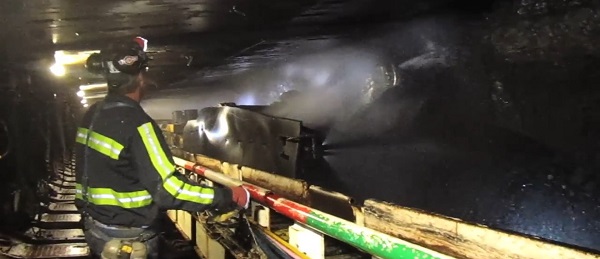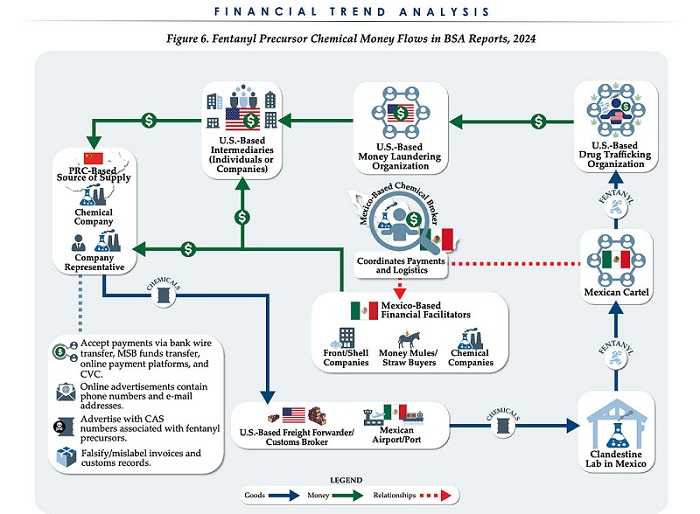Alberta
Edmonton Murder Shows Trudeau Has Lost Control Of Crime
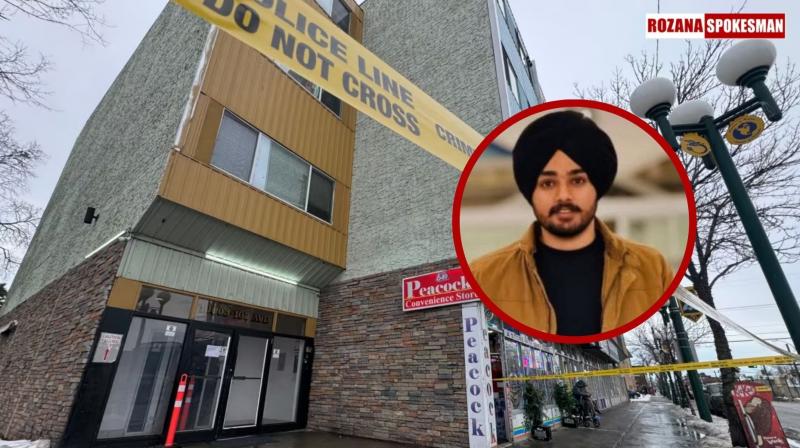
Harshanedeep Singh from rozanaspokesman.com
News release from the Conservative Party of Canada
After nine years, the NDP-Liberal government has lost control of crime. Violent crime has skyrocketed by 50 percent since Trudeau became Prime Minister and 256 people were killed by a criminal who was out on bail or another form of release in 2022, the latest year available with full data.
On Saturday, Canadians witnessed the shocking, heinous murder of Harshandeep Singh, a 20-year-old security guard in Edmonton, Alberta. Singh was shot in the back while thanklessly doing his job as a nighttime security guard at a central Edmonton apartment building. A promising young life was snuffed out by a cold-blooded monster.
“One cannot imagine how Harshandeep’s family and friends feel,” said Tim Uppal, Deputy Leader of the Conservative Party of Canada. “Our thoughts and prayers go out to his family at this incredibly difficult time.”
Edmonton Police have since arrested two individuals and charged them with first degree murder: “Evan Rain, 30, and Judith Saulteaux, 30, were arrested and charged with 1st degree murder in relation to Singh’s death.”
Early indications suggest that Rain has a known prior violent history, with media reports aligning with Rain’s current age. In 2018, an “Evan Chase Francis Rain”, then age 24, was charged for a violent kidnapping in Wetaskiwin, one hour south of Edmonton. A woman was forced into the trunk of a car at gunpoint. It is not clear from media reports how this case was concluded.
In 2022, “Evan Rain, 28, of Paul First Nation” (45 minutes west of Edmonton) faced twenty-nine charges for a violent robbery in northern Saskatchewan involving firearms.
This is from the 2022 RCMP news release at the time:
Evan Rain, 28, of Paul First Nation, is charged with:
-one count, robbery, Section 344, Criminal Code;
-one count, have face masked with intent to commit an indictable offence, Section 351(2), Criminal Code;
-eight counts, possess a firearm knowing it was obtained by the commission of an offence, Section 96(2), Criminal Code;
-one count, possession of property obtained by the commission of an offence, Section 354(1)(a), Criminal Code;
-one count, mischief under $5,000, Section 430(4), Criminal Code;
-sixteen counts, possess a firearm while prohibited, Section 117-01(3), Criminal Code; and
-one count, point a firearm, Section 87(2), Criminal Code.
The status of these charges is not readily apparent. The RCMP’s 2022 news release does make clear that Rain was already prohibited from possessing firearms: “sixteen counts, possess a firearm while prohibited, Section 117-01(3).”
“It appears that our so-called ‘justice’ system terribly failed Harshandeep Singh – just as it has outrageously failed so many others,” said Uppal. “Harshandeep Singh’s murder cannot be accepted as just an unfortunate, unavoidable reality in our society. Authorities should answer to Rain’s prior police interactions and potential criminal history, including whether he was out on bail or some other form of release order.”
Life wasn’t like this before Justin Trudeau. Since the NDP-Liberal government passed Bill C-75 and Bill C-5, which gave high priority to releasing repeat violent offenders and took away mandatory jail time for certain violent crimes, a crime wave has been unleashed across the country. This was evident in a report from the Fraser Institute which showed that Canada’s violent crime rate is 14 percent higher than that of the United States’.
Trudeau’s only response to this has been to crack down on law-abiding firearms owners and Indigenous hunters which has done nothing to improve Canada’s public safety. Instead, violent gun crime is up by a staggering 116 percent since the Liberals formed government.
Enough is Enough. Canadians deserve to feel safe in their communities. Only Common Sense Conservatives will bring home safe streets by ending Justin Trudeau’s catch-and-release justice system and bringing jail, not bail, for repeat violent offenders.
Alberta
CPP another example of Albertans’ outsized contribution to Canada

From the Fraser Institute
By Tegan Hill
Amid the economic uncertainty fuelled by Trump’s trade war, its perhaps more important than ever to understand Alberta’s crucial role in the federation and its outsized contribution to programs such as the Canada Pension Plan (CPP).
From 1981 to 2022, Albertan’s net contribution to the CPP—meaning the amount Albertans paid into the program over and above what retirees in Alberta received in CPP payments—was $53.6 billion. In 2022 (the latest year of available data), Albertans’ net contribution to the CPP was $3.0 billion.
During that same period (1981 to 2022), British Columbia was the only other province where residents paid more into the CPP than retirees received in benefits—and Alberta’s contribution was six times greater than B.C.’s contribution. Put differently, residents in seven out of the nine provinces that participate in the CPP (Quebec has its own plan) receive more back in benefits than they contribute to the program.
Albertans pay an outsized contribution to federal and national programs, including the CPP because of the province’s relatively high rates of employment, higher average incomes and younger population (i.e. more workers pay into the CPP and less retirees take from it).
Put simply, Albertan workers have been helping fund the retirement of Canadians from coast to coast for decades, and without Alberta, the CPP would look much different.
How different?
If Alberta withdrew from the CPP and established its own standalone provincial pension plan, Alberta workers would receive the same retirement benefits but at a lower cost (i.e. lower CPP contribution rate deducted from our paycheques) than other Canadians, while the contribution rate—essentially the CPP tax rate—to fund the program would likely need to increase for the rest of the country to maintain the same benefits.
And given current demographic projections, immigration patterns and Alberta’s long history of leading the provinces in economic growth, Albertan workers will likely continue to pay more into the CPP than Albertan retirees get back from it.
Therefore, considering Alberta’s crucial role in national programs, the next federal government—whoever that may be—should undo and prevent policies that negatively impact the province and Albertans ability to contribute to Canada. Think of Bill C-69 (which imposes complex, uncertain and onerous review requirements on major energy projects), Bill C-48 (which bans large oil tankers off B.C.’s northern coast and limits access to Asian markets), an arbitrary cap on oil and gas emissions, numerous other “net-zero” targets, and so on.
Canada faces serious economic challenges, including a trade war with the United States. In times like this, it’s important to remember Alberta’s crucial role in the federation and the outsized contributions of Alberta workers to the wellbeing of Canadians across the country.
Alberta
Made in Alberta! Province makes it easier to support local products with Buy Local program

Show your Alberta side. Buy Local. |
When the going gets tough, Albertans stick together. That’s why Alberta’s government is launching a new campaign to benefit hard-working Albertans.
Global uncertainty is threatening the livelihoods of hard-working Alberta farmers, ranchers, processors and their families. The ‘Buy Local’ campaign, recently launched by Alberta’s government, encourages consumers to eat, drink and buy local to show our unified support for the province’s agriculture and food industry.
The government’s ‘Buy Local’ campaign encourages consumers to buy products from Alberta’s hard-working farmers, ranchers and food processors that produce safe, nutritious food for Albertans, Canadians and the world.
“It’s time to let these hard-working Albertans know we have their back. Now, more than ever, we need to shop local and buy made-in-Alberta products. The next time you are grocery shopping or go out for dinner or a drink with your friends or family, support local to demonstrate your Alberta pride. We are pleased tariffs don’t impact the ag industry right now and will keep advocating for our ag industry.”
Alberta’s government supports consumer choice. We are providing tools to help folks easily identify Alberta- and Canadian-made foods and products. Choosing local products keeps Albertans’ hard-earned dollars in our province. Whether it is farm-fresh vegetables, potatoes, honey, craft beer, frozen food or our world-renowned beef, Alberta has an abundance of fresh foods produced right on our doorstep.
Quick facts
- This summer, Albertans can support local at more than 150 farmers’ markets across the province and meet the folks who make, bake and grow our food.
- In March 2023, the Alberta government launched the ‘Made in Alberta’ voluntary food and beverage labelling program to support local agriculture and food sectors.
- Through direct connections with processors, the program has created the momentum to continue expanding consumer awareness about the ‘Made in Alberta’ label to help shoppers quickly identify foods and beverages produced in our province.
- Made in Alberta product catalogue website
Related information
-

 2025 Federal Election2 days ago
2025 Federal Election2 days agoCarney’s Fiscal Fantasy: When the Economist Becomes More Dangerous Than the Drama Teacher
-

 International10 hours ago
International10 hours agoPope Francis has died aged 88
-
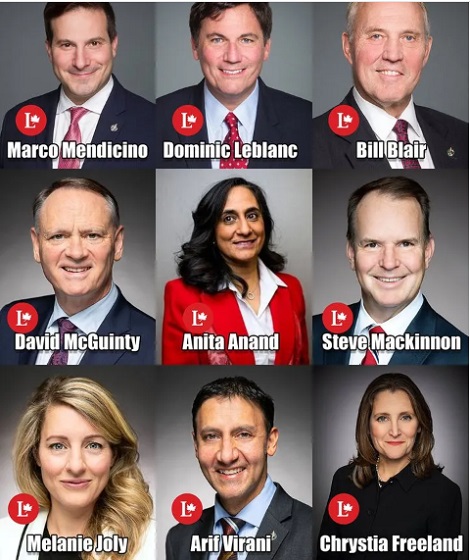
 2025 Federal Election1 day ago
2025 Federal Election1 day agoA Perfect Storm of Corruption, Foreign Interference, and National Security Failures
-
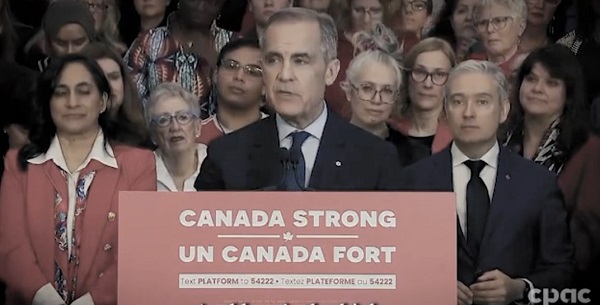
 2025 Federal Election1 day ago
2025 Federal Election1 day agoCampaign 2025 : The Liberal Costed Platform – Taxpayer Funded Fiction
-

 Business9 hours ago
Business9 hours agoCanada Urgently Needs A Watchdog For Government Waste
-

 Energy9 hours ago
Energy9 hours agoIndigenous-led Projects Hold Key To Canada’s Energy Future
-

 2025 Federal Election9 hours ago
2025 Federal Election9 hours agoCarney’s budget means more debt than Trudeau’s
-

 International6 hours ago
International6 hours agoPope Francis Dies on Day after Easter





